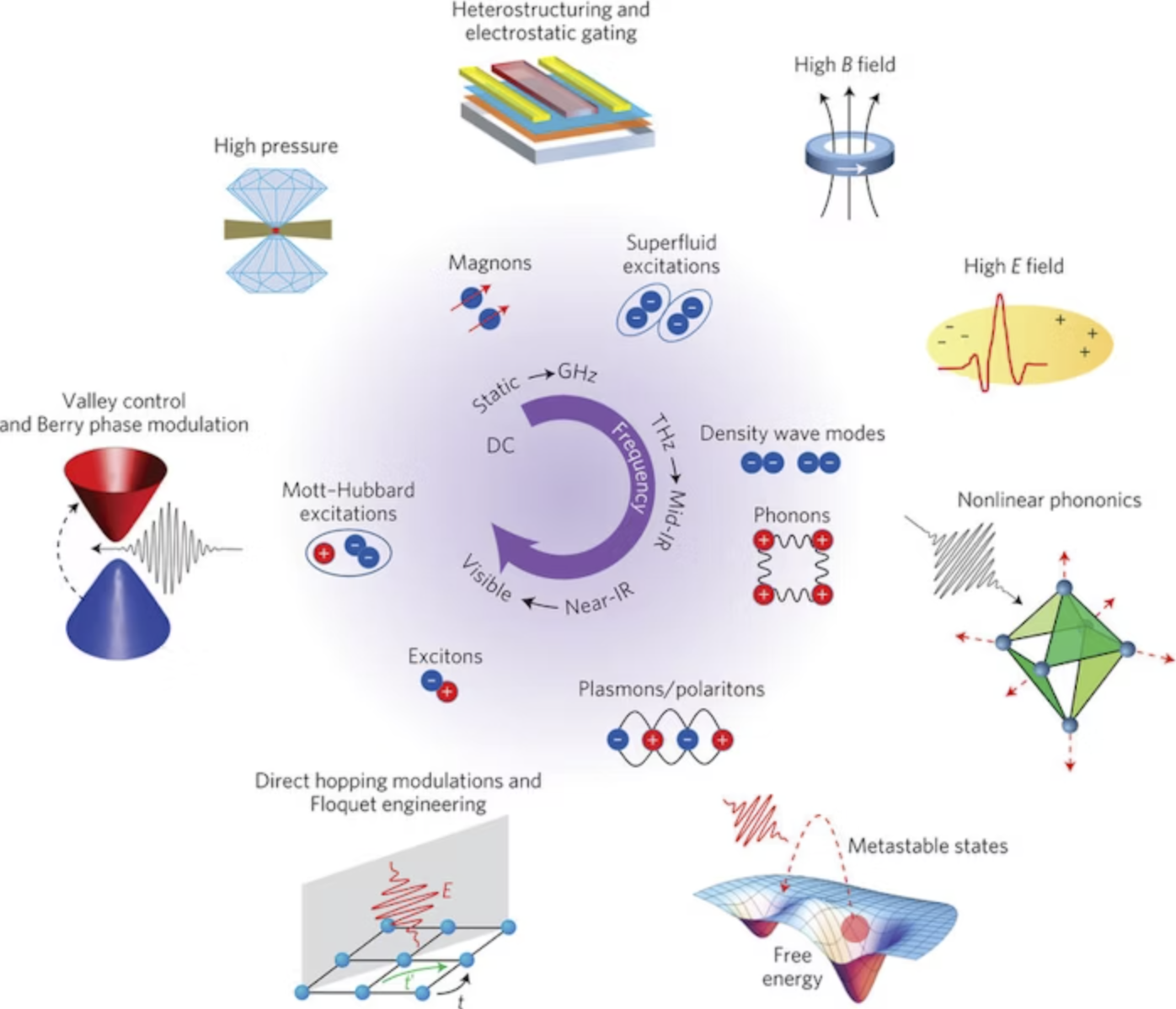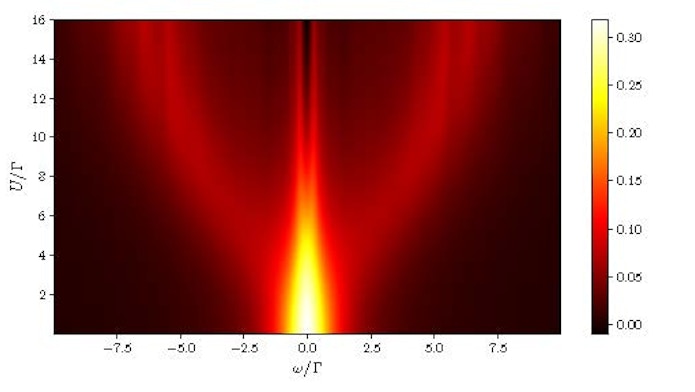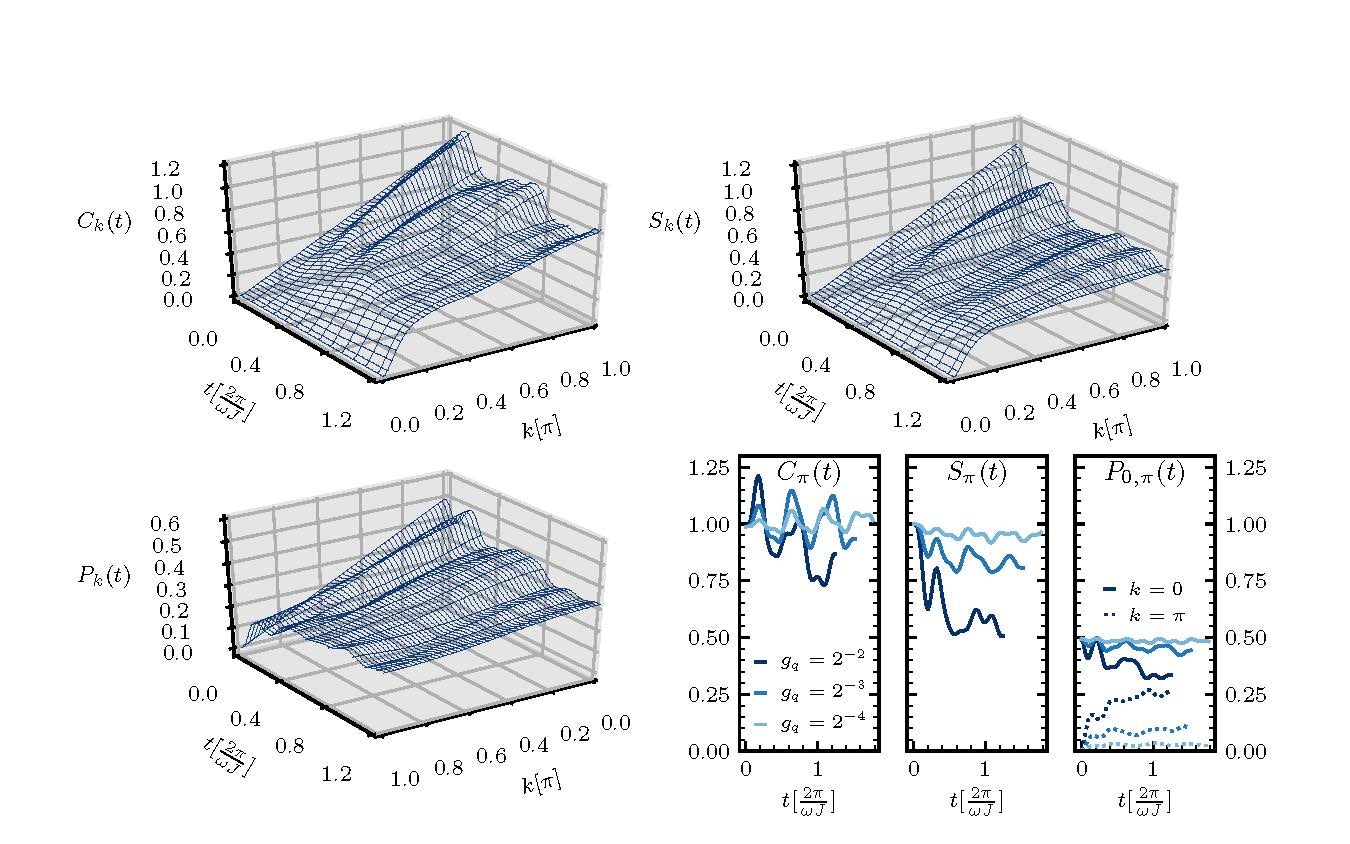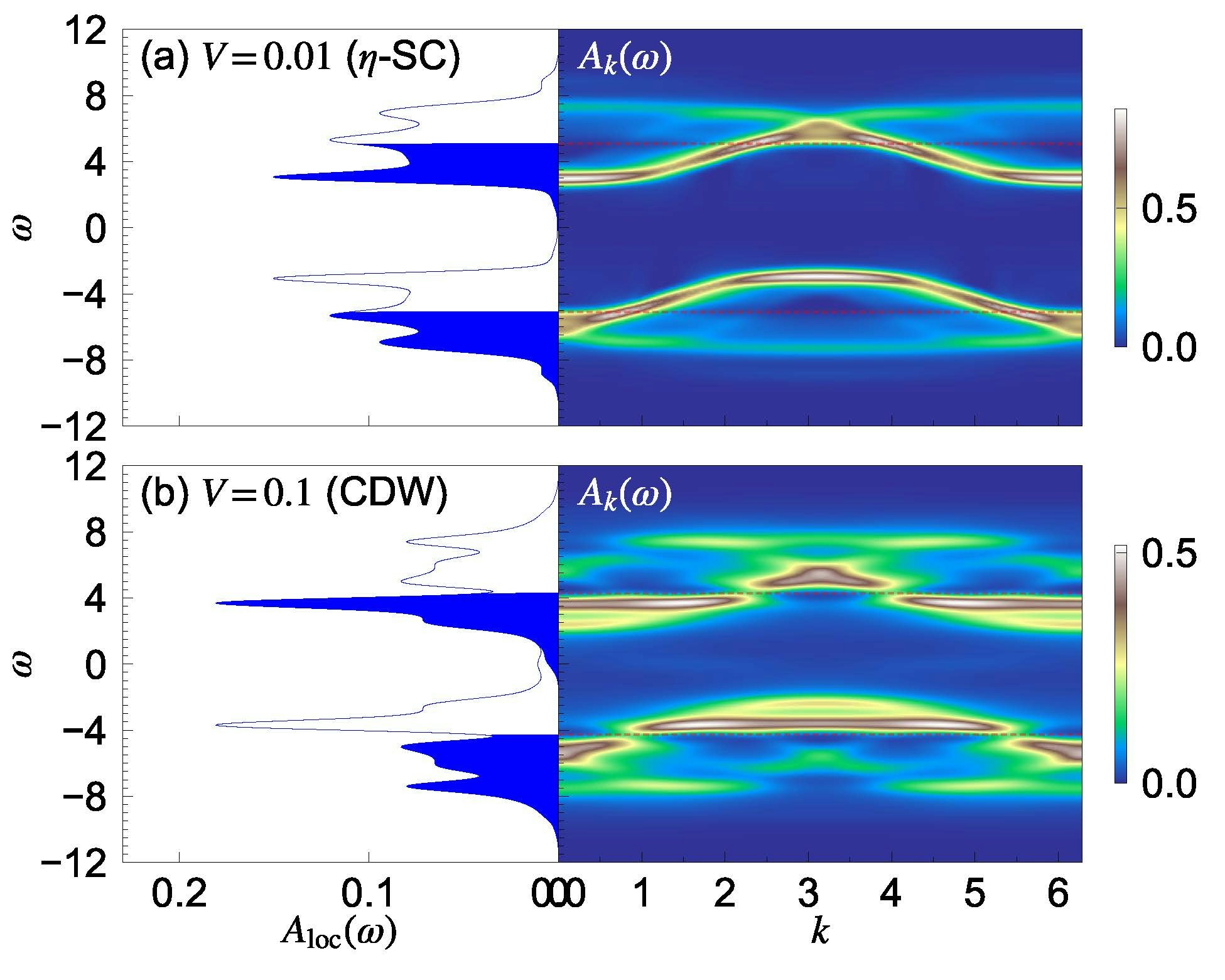
Control of non-equilibrium quantum many-body physics has been demonstrated in real materials under ambient or near-ambient conditions. Non-equilibrium phases in which structural, electronic and magnetic symmetries are manipulated by coherent stimulation are becoming accessible, presenting new opportunities for basic science and technological applications while posing deep theoretical questions and practical computational challenges. We are developing methods(including time dependent density functional theory, Keldysh-contour diagrammatic Monte Carlo and time dependent density matrix renormalization group) for computing the behavior of strongly driven quantum matter and applying the methods to topics ranging from the possibility of light-induced superconductivity to the use of Floquet engineering and valley control in obtaining topologically nontrivial electronic properties.
Research
- Diagrammatic QMC for Nonequilibrium Problems
- High order perturbation theory for quantum many-body systems in real time and out of equilibrium has seen an unexpected recent revival, due to progress in both efficiently computing the high perturbative orders and summing the perturbative series away from the weak coupling regime. As a result, high precision computations are now possible in some systems at strong coupling, in long time steady states, even at very low temperatures and away from equilibrium.

The image shows the spectral function of a quantum dot at finite voltage and low temperature, versus frequency ω and interaction U, in unit of the bath coupling Γ. The Kondo resonance appears progressively at low energy when U increases, and is then split by the voltage. This graph is produced with a unique high precision perturbative computation up to order 10.
-
- CCQ scientists and international collaborators are investigating the new phases that may occur in systems driven far from equilibrium using methods ranging from time dependent Ginsburg-Landau theory to exact diagonalization and the density matrix renormalization group. Topics of current interest include the superconductivity reported in materials with strongly driven phonons [arXiv:2009.00619] and the possibility of new excitonic states of matter [arXiv:2105.13560].

References
- Emergent nonequilibrium phases in the photo-doped one-dimensional Mott insulator, Yuta Murakami, Shintaro Takayoshi, Tatsuya Kaneko, Zhiyuan Sun, Denis Golež, Andrew J. Millis, Philipp Werner, arXiv:2105.13560
- Phonon-induced disorder in dynamics of optically pumped metals from non-linear electron-phonon coupling, John Sous, Benedikt Kloss, Dante M. Kennes, David R. Reichman, Andrew J. Millis, arXiv:2009.00619

Project Leaders: Andrew Millis, Olivier Parcollet
Project Scientists: Johannes Flick, Daniel Guerci, Jason Kaye (joint with CCM), Angel Rubio, Joseph Tindall